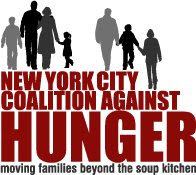Monday, May 19, 2008
Rising Food Costs Pose Increased Threat to Seniors, Students
Vulnerable populations, including low-income children and seniors, are the hardest hit by economic crisis.

No comments:
Post a Comment